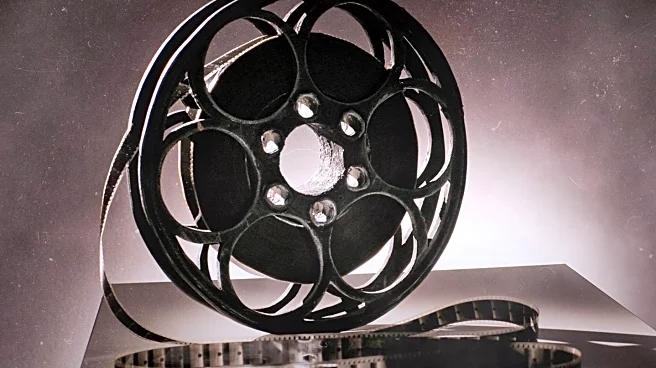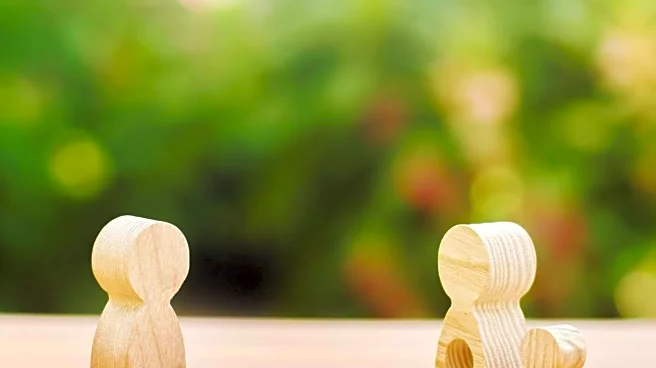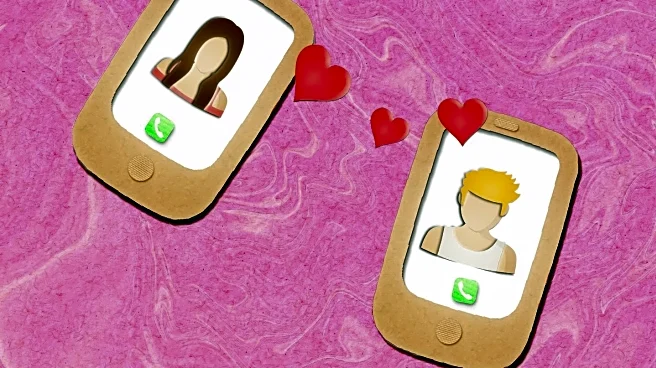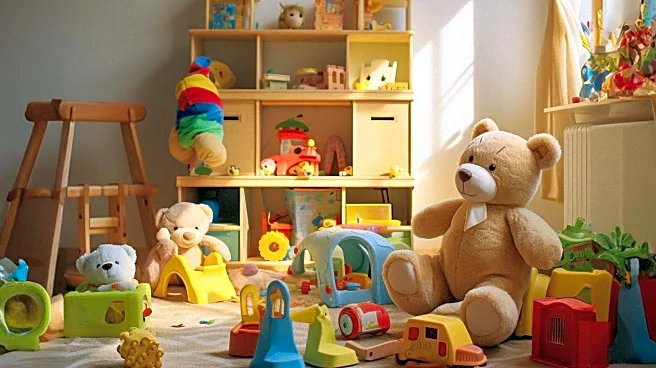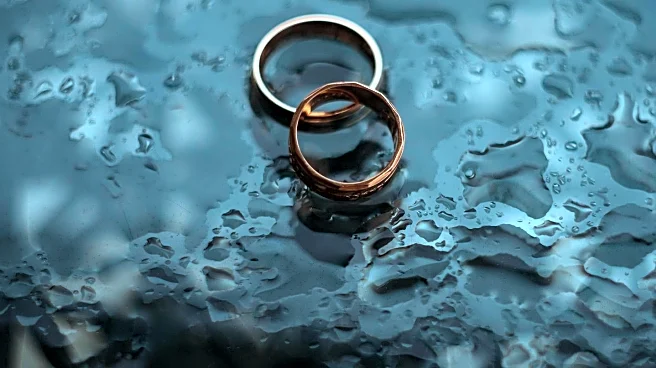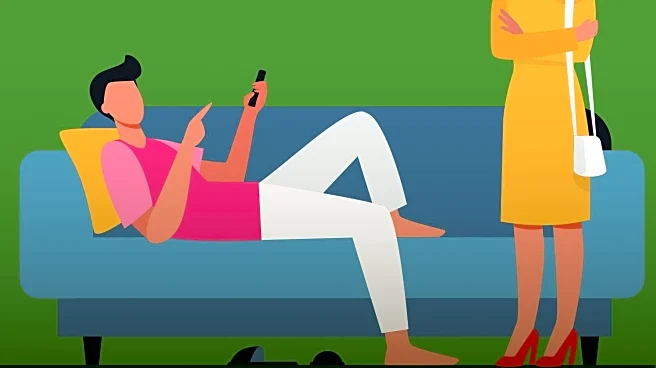What is the story about?
What's Happening?
The 'slow fade' is a dating behavior characterized by a gradual withdrawal of communication and effort, leading to the eventual end of a relationship. Unlike ghosting, which is abrupt, the slow fade involves a slow reduction in interaction, leaving the other person confused and uncertain. Experts like Natassia Miller and Lilith Foxx explain that this behavior often stems from conflict avoidance and discomfort with direct communication. The slow fade can be more psychologically taxing than ghosting due to the ambiguity it creates. Signs of a slow fade include longer response times, difficulty in making plans, and a decrease in physical affection.
Why It's Important?
Understanding the slow fade is crucial for individuals navigating modern dating landscapes. It highlights the importance of direct communication and emotional honesty in relationships. The slow fade can lead to prolonged confusion and emotional distress for the person on the receiving end, emphasizing the need for clear and respectful communication. This phenomenon also reflects broader societal trends in dating, where indirect methods of ending relationships are becoming more common. Recognizing and addressing the slow fade can help individuals establish healthier relationship boundaries and improve emotional well-being.
What's Next?
For those experiencing a slow fade, initiating an honest conversation can provide clarity and empower individuals to take control of the situation. Experts suggest addressing the behavior directly and asking for transparency to avoid being strung along indefinitely. For those who recognize themselves as the ones doing the slow fade, taking responsibility and providing clarity through direct communication is recommended. This approach can prevent prolonged emotional distress and foster healthier relationship dynamics. Moving forward, individuals are encouraged to commit to more direct communication in their dating lives.
AI Generated Content
Do you find this article useful?
